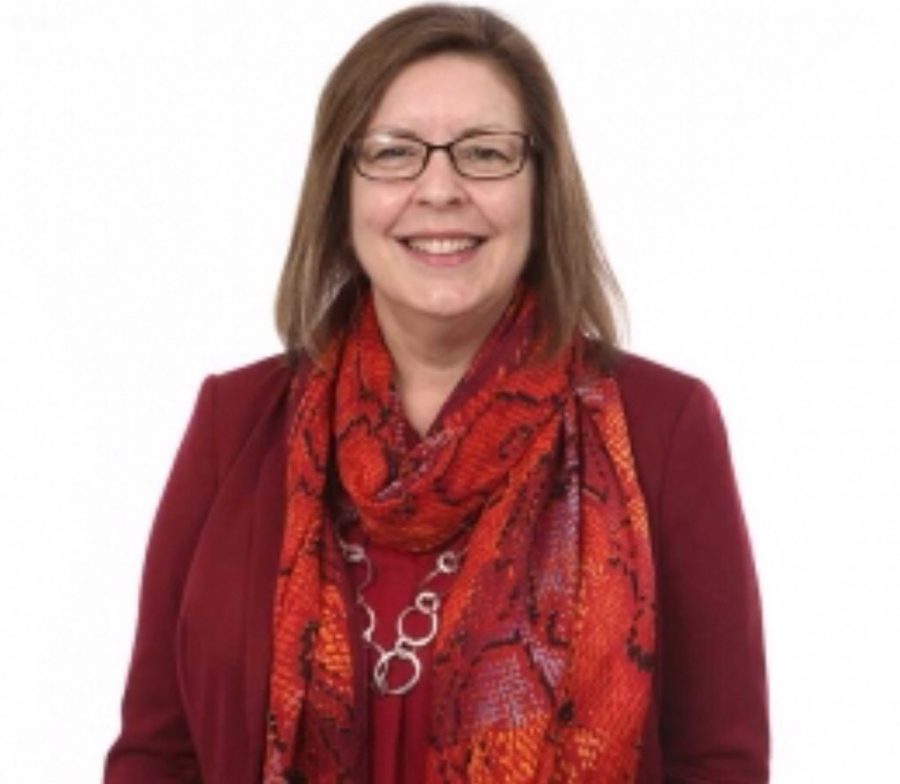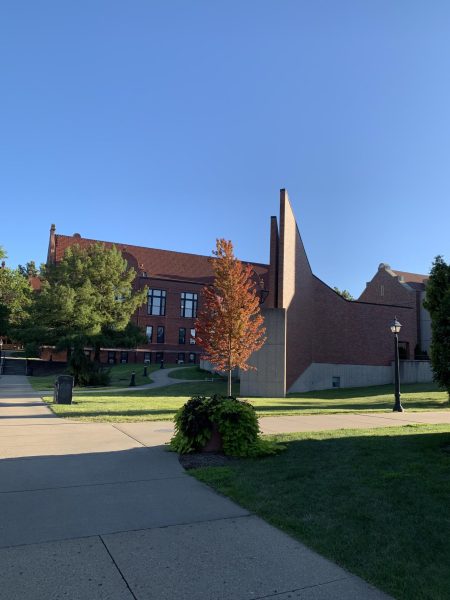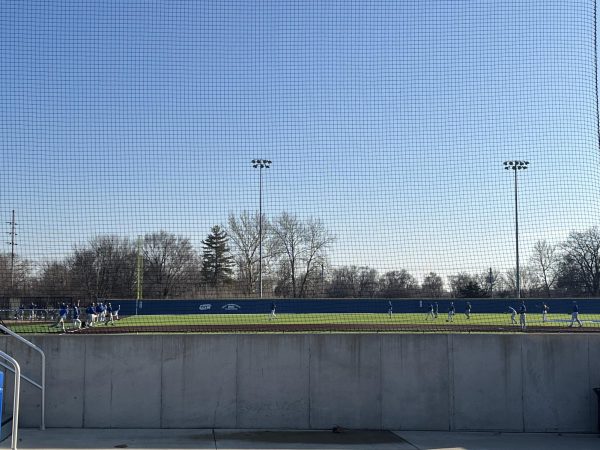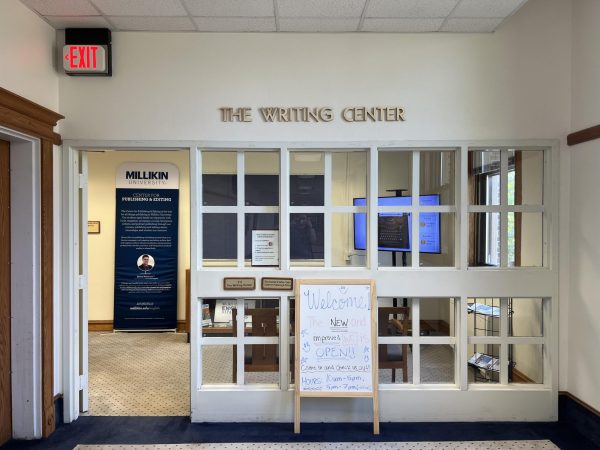Cindy Fuller’s Perspective
On Millikin’s Library Transitions
The Library everyone frequents is not the first library in Millikin’s 110-year history. The Staley Library didn’t come about until 1978, and it has undergone some changes, but it still thrives presently.
“The original Staley Library that was built in ’78 was the first stand alone library. This library had its own building.” Cindy Fuller, the director of the Library, said.
Now the Staley Library is a part of the University Commons, but there are ways to see where the old building is still connected. If you look as you go upstairs, you can see a silver strip which shows where the old meets the new.
“In the original building floors one through four were strictly library, except for the second floor where the Writing Center was initially located,” Fuller said. “The lower level was the classroom space and the honors department were there along with various things as the years passed.”
The original building gained the café and even more classes while also harboring CAPP and the CIE. There are also a lot of advantages to the new building which includes a lot of space that isn’t necessarily physical, the love of the compact shelves which saves space, and educational technology space to help when talking to students. Prior to this though, the library was in the upper level of Gorin Hall for 47 years.
All this information can be found on Millikin’s website, and there’s so much history with the buildings and the Directors of the Libraries. There have been twelve Library directors counting Fuller but also excluding those that have been directors at two different points in time.
Before Gorin the library was in the south side of Shilling Hall, which was once called the Liberal Arts Building, just east of the main staircase located in the middle of the first floor. The only reason the library was moved was because the location was so small that they needed more space to handle the expanding increments of books being put into the library.
“The library gets donations to fill up the library as well as using reviewing tools and liaison with the educational departments to keep the collections up to date and current,” Fuller said. “We went through a major deselection process before we moved here (UC) because we had to reduce the collection.”
So many books will be left out because they are out of date and not running with the current curriculum, and this includes any books that might have to do with a major that no longer runs or exists in the curriculum. Never fear, the librarians do listen to requests that students make and if they ask for a certain topic there will be more to read about that topic soon enough.
There are four librarians, four paraprofessionals, and many student workers so they don’t get to just search through the collections and make sure that everything is up to date as much as they might want to, but they still provide the students and faculty with the information they need for school work and stress relievers.
Fuller is actually an alumni of Millikin’s and she worked at Millikin for a while before she went to work elsewhere, but eventually made her way back and is currently the Director of the library and has been since ’08. She discussed the long process of handling the books and collections and how it is an inclusive process that involves the faculty and all the library workers. The library has transitioned from Shilling Hall to Gorin Hall to now the University Commons and the knowledge within has expanded even more as the library has transitioned.










